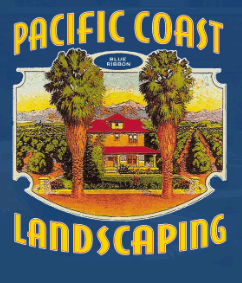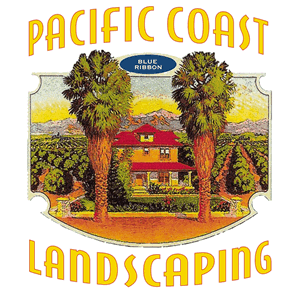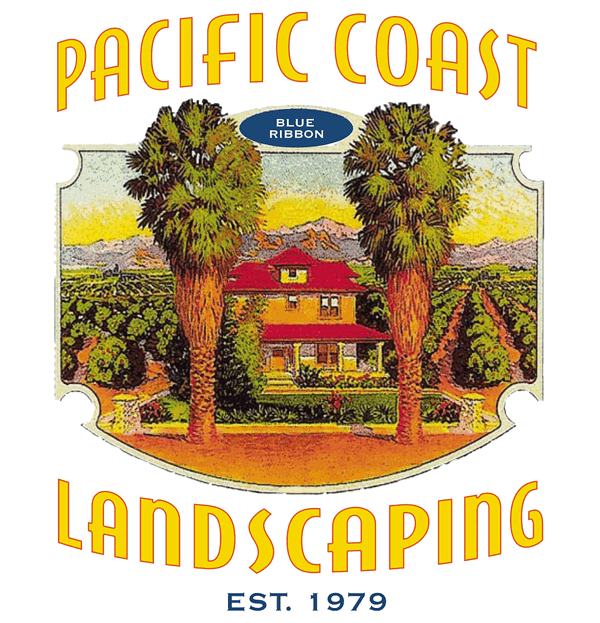New Planting Of Trees, Hedges, Shrubs, and Flowers
We are knowledgeable on the native species and ornamental plants that grow best in California
Trees, Shrubs, Bushes And Plants Are The Staples Of Any Great Landscape Design. Are you looking to add beauty and color to your property? Look no further than incorporating new plantings into your landscaping design. With our California growing zone being 10A we have wide variety of species to enhance any landscape. Choose from trees, shrubs, bushes, ornamentals, perennials, and more.
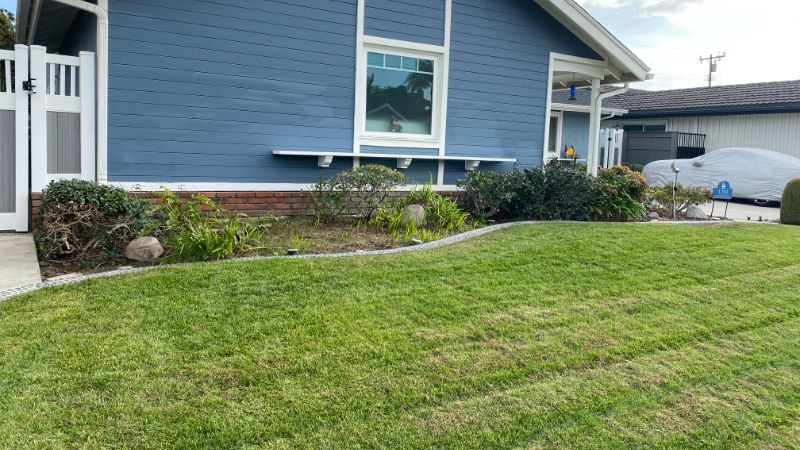
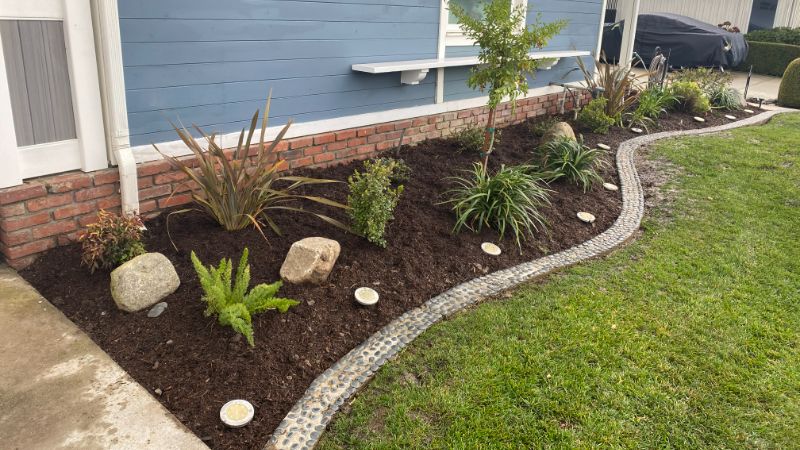
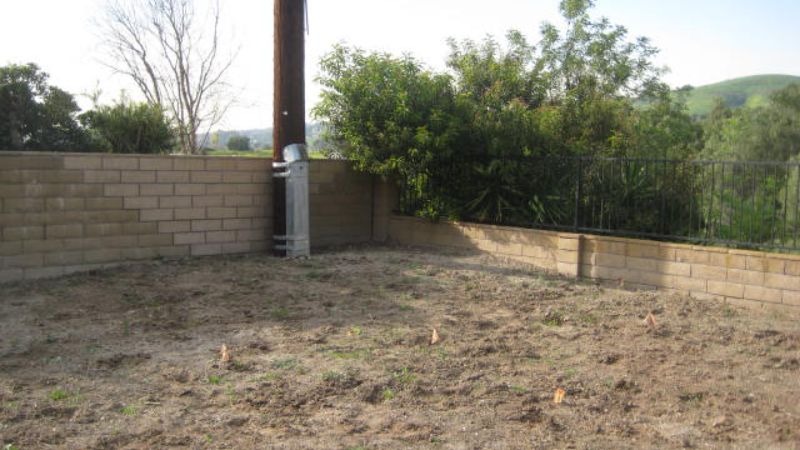

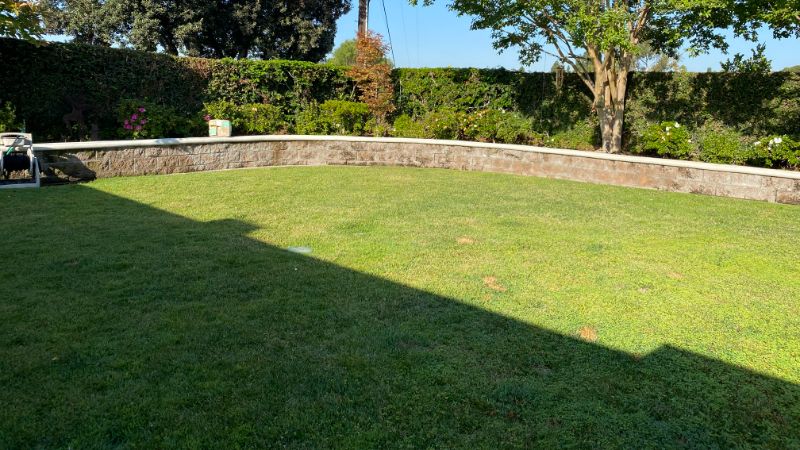
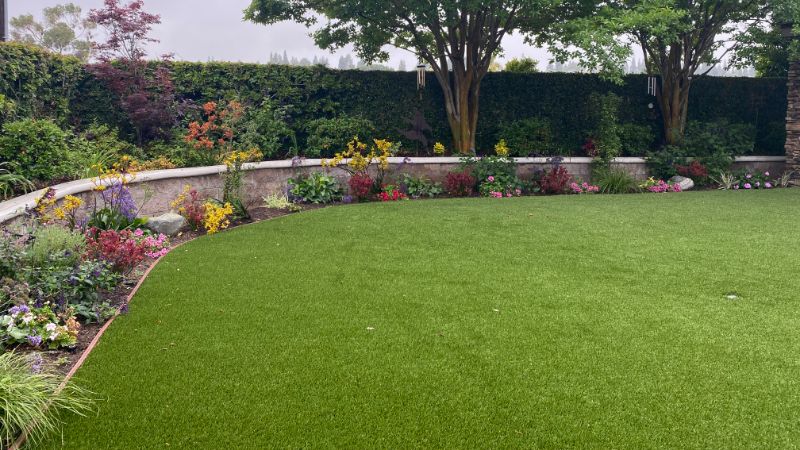
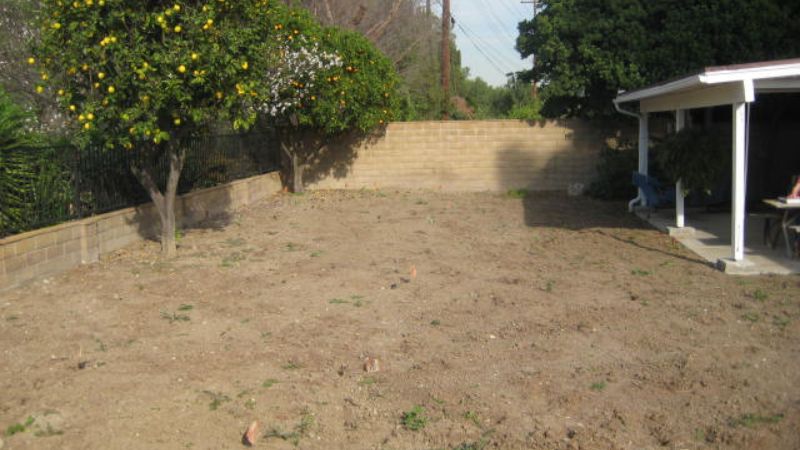

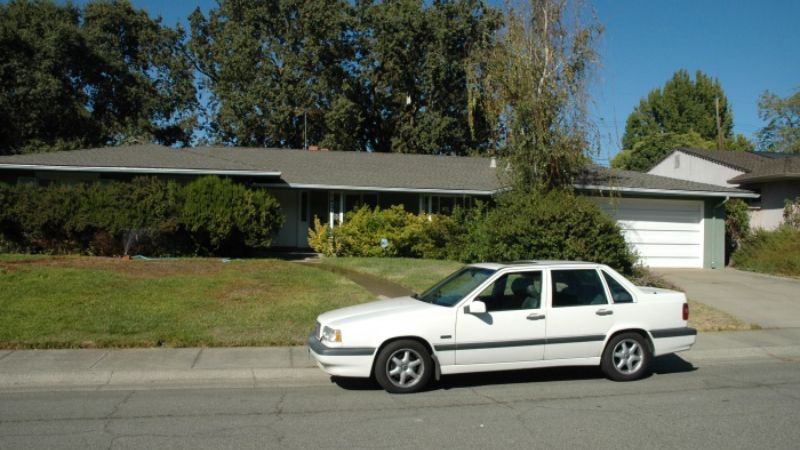
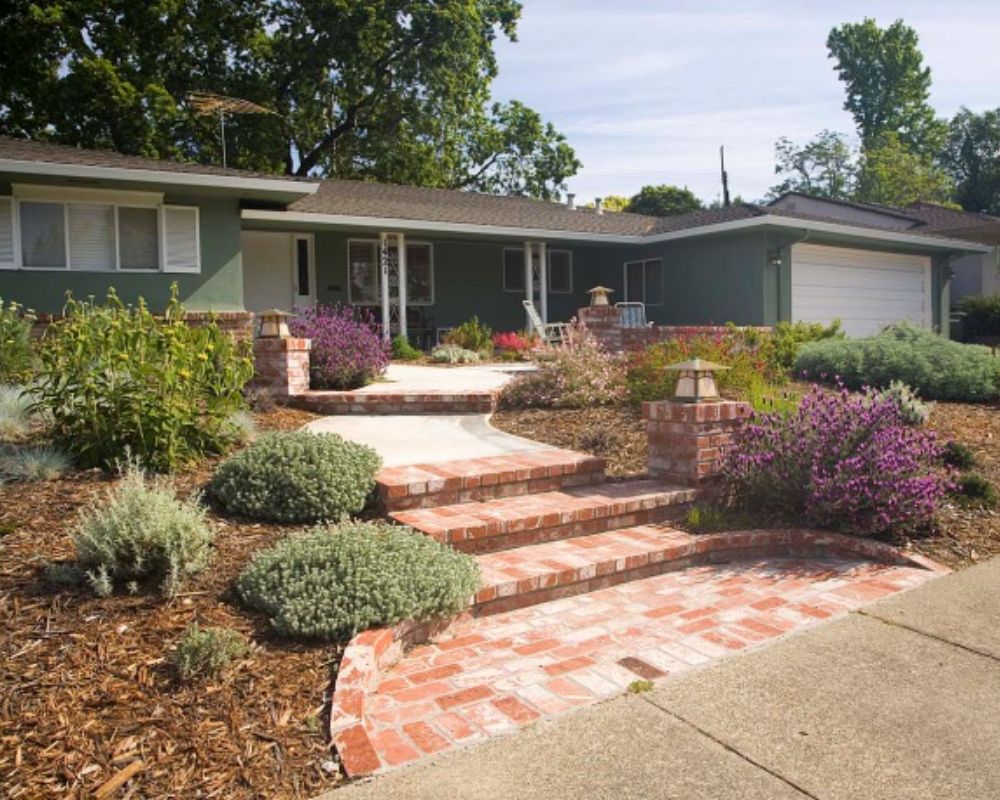
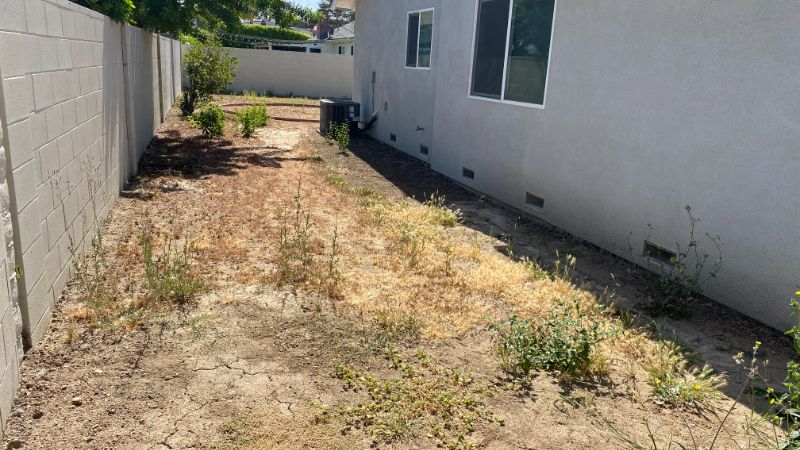
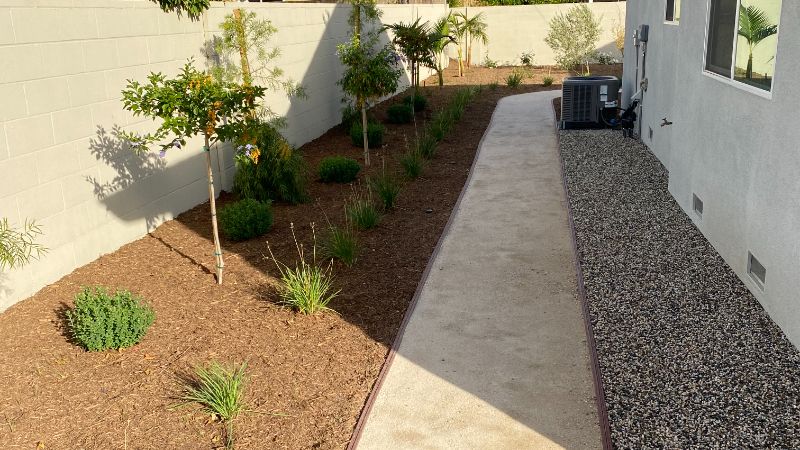
Pacific Coast Landscaping is a landscaping contractor based out of Fullerton, California and serving North Orange County. We specialize in planting trees, shrubs, bushes, and flower gardens on both residential and commercial properties. From planning out the proper varieties of trees to planting a privacy hedge, to a row of mature trees that line your driveway or property we’ll be able to design a plant layout that is sure to impress!
We have extensive knowledge of the best native and non-native species for our area of California. Whether you'd like beautiful gardens full of color or a selection of plants that are drought tolerant and don't require intense maintenance, we can put our knowledge to work for you.
How Our Tree and Shrub Planting Process Works
We’ve planted thousands of trees, hedges, bushes, and flowers throughout Fullerton, California for our commercial and residential clients over the years. It’s the initial species selection and the care and meticulous prep work we do that contributes to the beautiful results we’re able to achieve with our clients landscapes.
- We start with our initial consultation.
- We will listen to your requirements, making any necessary suggestions.
- We will work with you to determine the best species for your specific landscape vision and goals.
- We can discuss irrigation options with you if you don’t have any irrigation in place.
- We show up on the scheduled days get all of your new plantings in the ground as promised.
- The end result is a beautiful looking property.
How Much Do New Plantings Cost?
The final cost of your new plantings will be determined by the species you’ve chosen, how many of them and what size they are. We’ll also need to consider the site they’ll be planted on and how much labor will be required.
We’ll only be able to provide you with an accurate estimate for planting and maintaining your trees and shrubs after a thorough site inspection.
If you’d like to get the process started then please give us a call (714) 773-4865 or fill out our online contact form and we’ll get back to you right away (usually the same day).
Planting Services We Offer
Trees
We have access to a wide variety of trees in varying sizes. Whether you'd like some ornamentals or some large mature trees planted, we can help!
Hedges
If it's a hedge you're after then we have a number of native species that we can recommend that will grow into beautiful privacy hedges.
Shrubs and Bushes
If you want to add some interest into your landscape we have access to a large selection of native and non-native shrubs and bushes.
Plants and Flowers
We have a wide variety of native and non-native flowering plants in California. Tell us the colors you love and we'll choose the right plants for you.
When determining plantings for California, there are several factors to consider:
Climate: Southern California is known for its Mediterranean climate, characterized by dry summers and mild, wet winters. Selecting plants adapted to these conditions is essential. Water-wise plants, such as succulents, California natives, and other drought-tolerant species, are ideal choices that can handle the dry season while contributing to water conservation efforts.
Soil Type: The region's soil varies greatly, from sandy coastal areas to clay in inland valleys. Understanding your specific soil type is crucial for selecting plants that will thrive. Amending the soil to improve its condition can be beneficial, but choosing plants naturally suited to your soil's texture will minimize the need for extensive soil modification and reduce maintenance costs.
Sunlight: Southern California enjoys abundant sunshine year-round. It's important to choose plants that can thrive in the amount of sunlight your garden receives, whether it's full sun, partial shade, or full shade. Many water-wise plants, such as lavender, sage, and other native shrubs, are well-suited to sunny conditions and can help create a resilient and low-maintenance garden.
Water Requirements: With water scarcity being a significant concern in Southern California, selecting plants with low water needs is important. Incorporating a drought-tolerant plant palette not only conserves water but also ensures your garden is sustainable and cost-effective. Consider installing a drip irrigation system to efficiently manage water use and support your water-wise garden.
Pest and Disease Resistance: Choosing plants that are naturally resistant to local pests and diseases is crucial for maintaining a healthy garden with minimal chemical interventions. Native plants are often well-adapted to local conditions and can be more resilient against common pests and diseases in the area.
Mature Size: Understanding the mature size of plants is essential to avoid overcrowding and ensure each plant has enough space to grow and thrive. This foresight helps in creating a well-structured and balanced landscape that requires less pruning and maintenance over time.
At Pacific Coast Landscaping we take all of these into consideration when coming up with a planting scheme for your landscape. We will only choose and plant species that are well-suited to the specific conditions in our growing zone (10a and 10b) in Southern California.
Our Planting Designs Can Include
We stick with native plants wherever possible and non-native plants that are best suited for our growing zone 6A.
What are the benefits of using native plants in a landscape?
Using native plants in your landscape offers numerous benefits for both the environment and you. Some of the key advantages include:
Adaptation to local conditions: Native plants are well-adapted to the specific climate, soil, and precipitation patterns of their region, making them more likely to thrive with minimal intervention.
Low maintenance: As native plants have evolved to suit their local environment, they typically require less watering, fertilizing, and pest control than non-native species. This can result in lower maintenance costs and reduced labor.
Support for local wildlife: Native plants provide essential habitat and food sources for local pollinators, birds, and other wildlife. Planting native species can help support and maintain healthy ecosystems and contribute to biodiversity.
Erosion control: Many native plants have extensive root systems that help stabilize the soil, reducing erosion and runoff. This is particularly beneficial in sloped landscapes or areas prone to erosion.
Reduced risk of invasive species: Native plants are less likely to become invasive or spread uncontrollably compared to some non-native species. Invasive plants can outcompete native species, negatively affecting ecosystems and potentially causing environmental damage.
Resilience to pests and diseases: Native plants have co-evolved with local pests and diseases, often developing natural defenses that make them more resistant to these threats. This can reduce the need for chemical pesticides, benefiting both the environment and human health.
Climate resilience: As native plants are adapted to local weather patterns, they are often better equipped to tolerate extreme weather events, such as droughts or heavy rain.
Preservation of cultural heritage: Native plants can have cultural significance, reflecting the natural heritage and history of a region. By including these plants in your landscape, you can help preserve and celebrate this heritage.
Aesthetic appeal: Native plants can offer unique colors, textures, and seasonal interest, creating a visually appealing and regionally distinct landscape design.
Conservation of resources: By using native plants that require less water, fertilizer, and other inputs, you can conserve valuable natural resources and reduce the environmental impact of your landscape.
When is the best time to plant new plants in my landscape?
The best time to plant new plants in your landscape depends on the plant species and the climate. Generally, early spring and fall are ideal times for most plants, as they offer moderate temperatures and typically have more consistent rainfall. Planting during these periods allows the plants to establish their root systems before the stress of extreme temperatures sets in.
How do you prepare the soil for new plantings?
As landscape professionals we usually start by testing the soil to determine its nutrient content and pH level. We then amend the soil with organic matter, such as compost or aged manure, to improve its structure, drainage, and fertility. If necessary, we can also adjust the soil's pH with lime (to raise the pH) or sulfur (to lower it) based on the needs of the specific plants you plan to install. These steps aren't always necessary but when the soil conditions aren't right, your plants are not going to do well.
Should I stake my newly planted trees or shrubs?
Staking may be necessary for young trees or shrubs with weak stems, or those that are planted in windy locations. If staking is necessary, we use flexible ties and stake the plant low enough to provide support without restricting its movement, as this can encourage stronger root development.
How do I prevent weeds around my new plantings?
To prevent weeds, we usually apply a layer of mulch around the base of your new plants, leaving a few inches of space between the mulch and the plant stem. Mulch not only suppresses weeds but also helps retain soil moisture and regulate soil temperature. Additionally, hand-pulling weeds as they emerge can help keep your landscape weed-free.
How long will it take for my new plants to become established?
The establishment period for new plants varies depending on the species, planting conditions, and aftercare. Generally, it can take anywhere from a few months to a few years for plants to become well-established in their new environment.
Are the plants we choose available in different sizes or maturity?
Yes! Depending on the type of plant we often have choices as to the maturity level of the plants we purchase. For example trees, shrubs, and hedges are often available as juveniles or as mature plants. Choosing the mature plants can obviously shorten the amount of time it takes for plantings to become established. However, these more mature plants will be more expensive to purchase and depending on how large they are can significantly increase the cost of handling and labor.
Do we need an irrigation system for new plantings?
If you're going to spend significant money on new plantings for your landscape then an irrigation system is a wise investment. Modern, digitally controlled irrigation systems can deliver very precise amounts of water to your specific landscape beds depending on the plants water requirements. Many nurseries will only provide a warranty on the plants if a working irrigation system is present.
Do you provide a warranty for new plantings?
We don't generally provide a warranty but some of the wholesale nurseries we order plants from do. They usually require that an irrigation system is present so the plants receive sufficient water as this is the leading cause of plants dying or becoming unhealthy. The warranty local nurseries offer can also vary from plant to plant as well. If a warranty is important to you please discuss that with us when we are consulting with you on your new plantings. We'll confirm with our supplier which plants can be covered and what those specific requirements might be.
